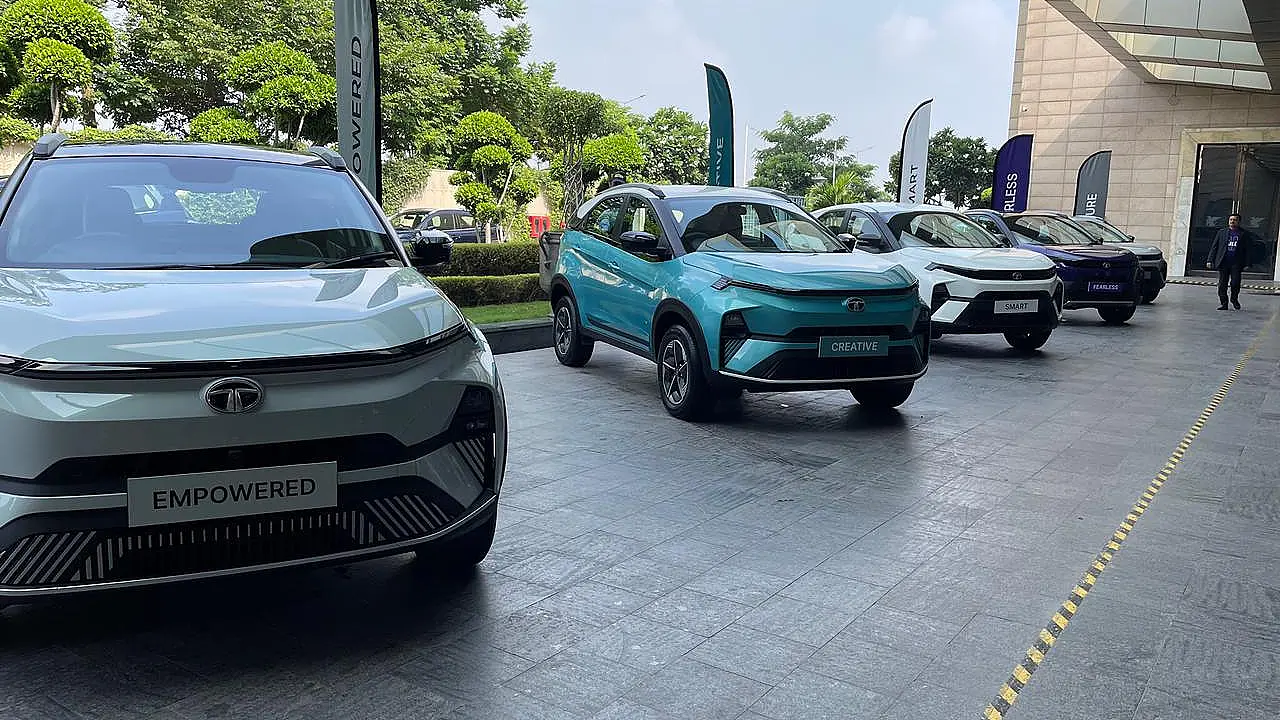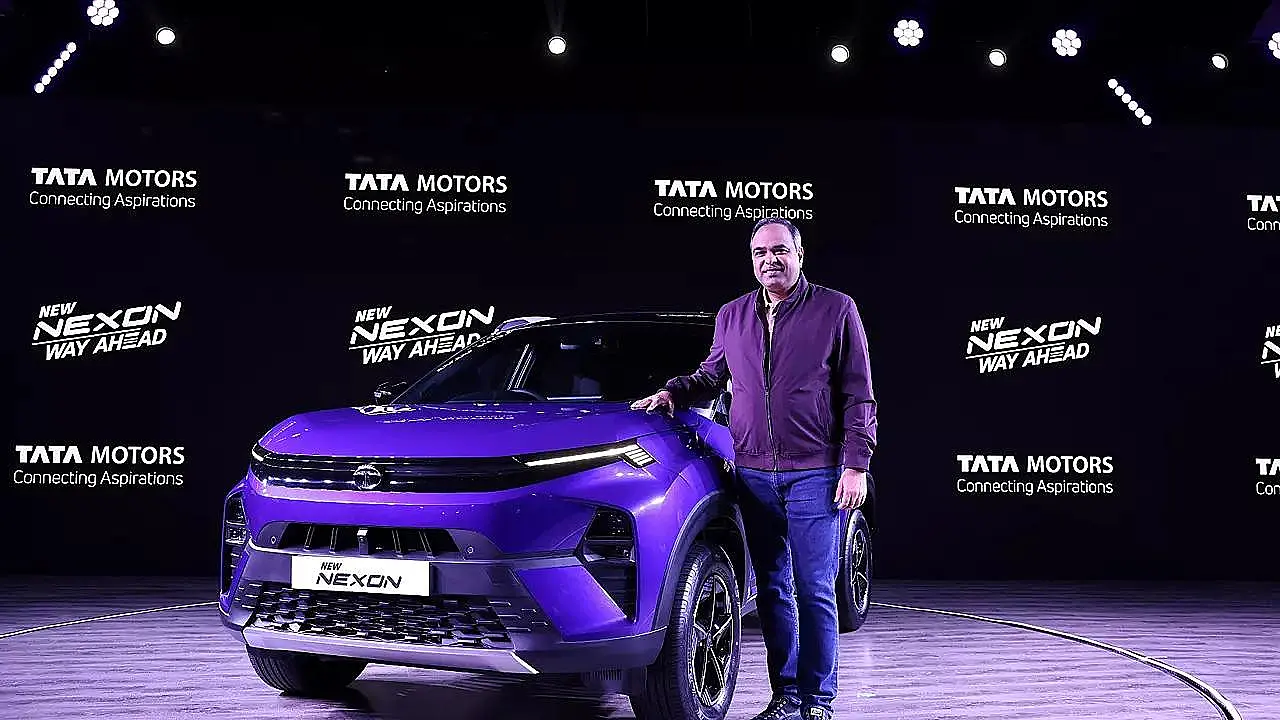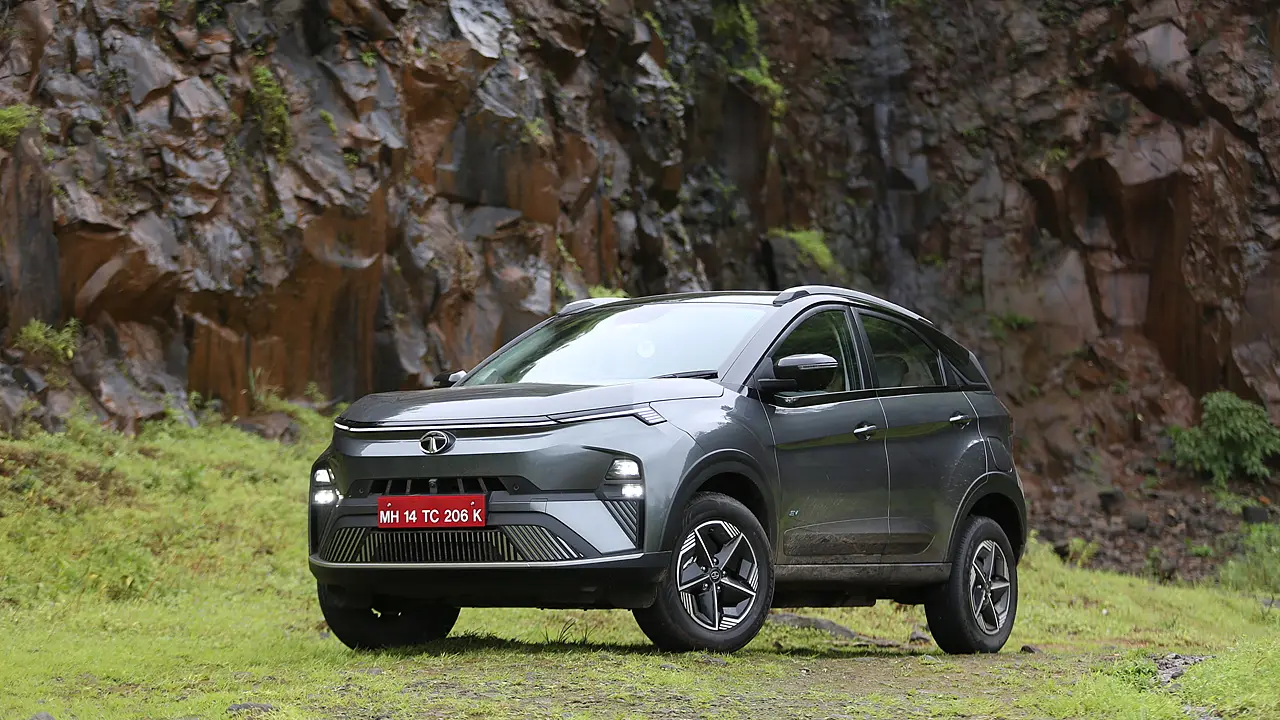
Tata Motors is confident that the recently launched Nexon.EV will draw more customers to electric, said Shailesh Chandra, Managing Director, Tata Motors Passenger Vehicles and Tata Passenger Electric Mobility.
He was replying to a question by Mobility Outlook during a recent roundtable in New Delhi. Earlier, the cross consideration between the EV and the ICE counterpart of the Nexon “was less among customers” but with the new Nexon.EV, the company expects adoption of electric will increase.
According to Chandra, its enhanced range and new features will pull in more people than ever before. In its early days, the Nexon EV would draw about 350 customers a month which jumped to 3,500 units by January 2022 and is now at 6,500 units a month.
While striving to popularise electric, Tata Motors has moved to “as close to 99%” to its second generation EV products, which will begin with the launch of the Curvv EV in early 2024.
In the case of Nexon.EV, while the company has worked around the platform, powertrain and tech to make it “completely new”, a few parts such as the battery remain the same. Chandra said this had to be done in order to ensure “a relatively same price tag” compared to the last generation model, the MD expressed.
Anand Kulkarni, Chief Product Officer at Tata Passenger Electric Mobility, added that the company had followed key procedures to make the sub compact SUV a generation 2 EV. Besides, it is focusing on developing its EV ecosystem as it moves closer to the next gen range keeping in line with its new brand identity, Tata.ev.
The idea is to have a complete new EV ecosystem under the new brand including dealerships. Chandra said Tata Motors was looking at a handful of exclusive EV dealerships by next quarter which would involve “a slight premium in investments” due to charging stations.
Vivek Srivatsa, Head of Marketing, Sales and Service Strategy, Tata Passenger Electric Mobility, said in a video presentation that separate after-sales outlets would also be considered under the new brand identity.
Nexon – The Next Is On
The Nexon clearly holds a very dear place for Tata Motors and Chandra said that the product was conceived at a time when its passenger vehicle sales were in the slow lane. However, Nexon changed the script and sales surged from 27,000 units in its first year to 1.7 lakh units in FY23. Along with the Punch, Tata Motors now has 30% share in the subcompact SUV space.

The Nexon.EV is a tech product with all features in place to attract its customer base comprising 65% under the age of 35. Beyond this, said Chandra, customer needs were unique where some wanted a subtle vehicle and a ‘look at me’ kind.
Keeping this in mind, the company has come up with a ‘persona’ base variant strategy wherein the trim levels are divided into pure, smart, creative and fearless for the ICE version. The EV model added a top-of-the-range empowered trim level and leaves behind the starting two trim levels. The idea here was to add a newness to how a customer perceived the offering.
While reiterating that a car as an object has a different meaning with new age buyers “who are more informed than ever”, Chandra added that while the variant wise division was a practical choice,“we have tried to work on the convergence of personas and features”.
Role Of Diesel
Even while diesel continues to be in the eye of a storm with policymakers clearly keen on its quick phaseout, Chandra said demand for the fuel was strong and the company would offer this option. He added that regulations have always ensured clean powertrain options as in the case of BS6 which eliminated diesels from a lot of segments and will gather momentum with the upcoming BS7 norms.
Kulkarni had earlier explained that BS6 diesels had lesser CO2 emissions but particulate materials were more. He said these engines can be further refined and made clean but the question arises: ‘Will the extra costs of equipment be a viable solution or are other cleaner and affordable solutions more suitable?’

On EV affordability, Chandra said the battery accounted for nearly 30% of the cost and this would reduce with further localisation. At present, charging infrastructure was the biggest hindrance to EV adoption. Kulkarni said introducing other clean options like FCEVs was also possible and, by the end of the day, affordability and availability of infrastructure were the key to adoption of any new technology.
Also Read
Tata Motors Eyes Global Arena For Its Electric Cars
For Tata Motors, Disruption Is The Mantra In Passenger Vehicles